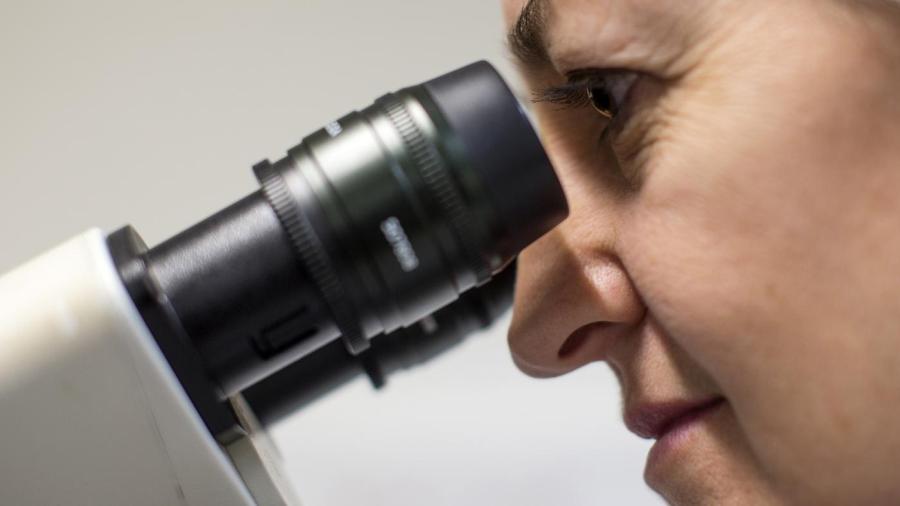Hadley Cell And Coriolis Effect
Why Are Cells so Small?

Brooklyn College explains that cells are pocket-sized because they must have a large surface area relative to the amount of volume they contain to role properly. As a sphere grows larger, its volume increases much more speedily than its surface surface area does. This presents logistical problems for the cell, as it tries to transport resources and products through a large volume without the resources available via a large surface.
Equally an example, a typical animate being jail cell requires oxygen to survive. The size of the jail cell partially dictates the corporeality of oxygen information technology needs, while the surface area of the prison cell limits the amount of oxygen that can be captivated at a time. Appropriately, when the size of a jail cell grows, its need for oxygen and other resources rises at a rapid rate, while its capacity for arresting oxygen increases more slowly. At some indicate, the size of the cell will cause the cell to divide or die, according to Brooklyn College.
Despite the limitations on cell size that are imposed past the surface-to-volume ratio, a 2013 written report published in the journal Nature Cell Biology demonstrates that gravity also limits prison cell size. While gravity is a negligible force at very small scales, cells that attain about 1 millimeter in bore must include structural elements to go on some organelles stable under the influence of gravity. Without such elements, jail cell components can lose their structural integrity.
Hadley Cell And Coriolis Effect,
Source: https://www.reference.com/science/cells-small-777b917fb308b8fe?utm_content=params%3Ao%3D740005%26ad%3DdirN%26qo%3DserpIndex&ueid=88cebd31-de34-46a5-b3f1-8465d981876c
Posted by: millermrsawas.blogspot.com


0 Response to "Hadley Cell And Coriolis Effect"
Post a Comment